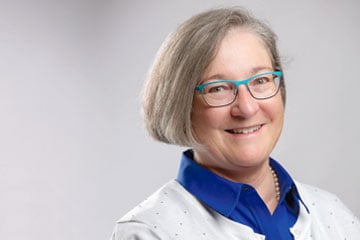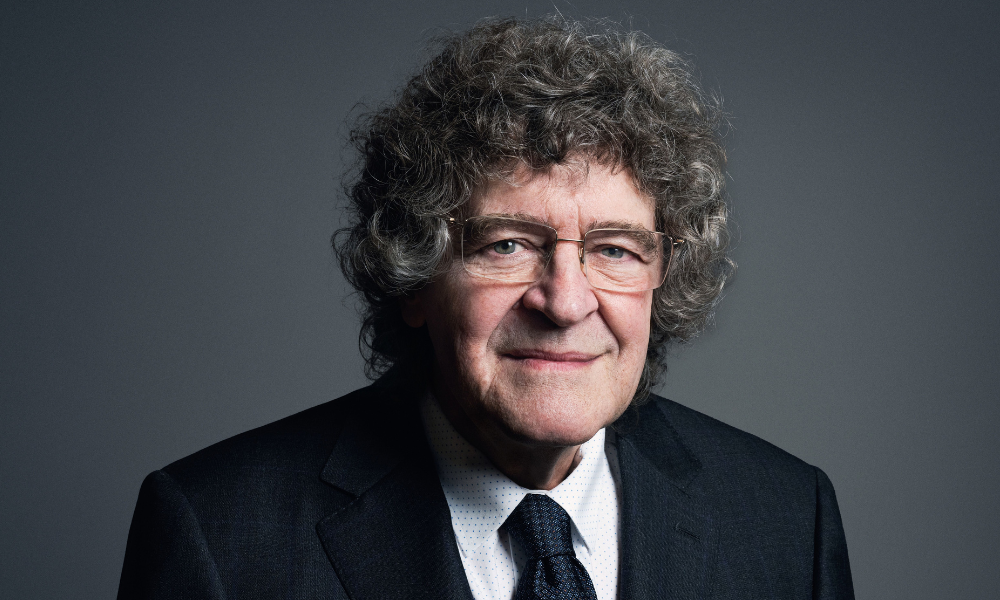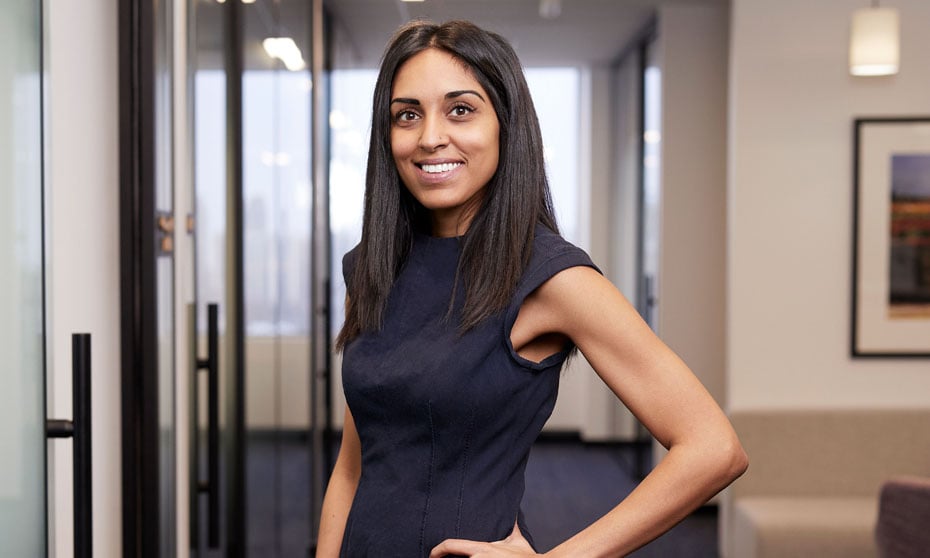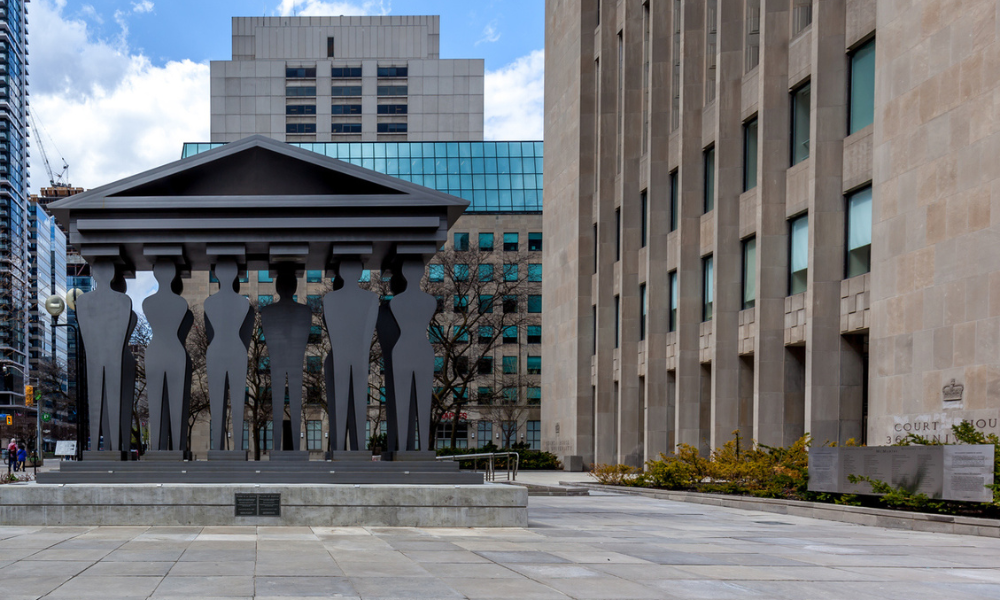As the number of lawyers in Ontario has shot up, voter turnout in the law society’s bencher election has not kept pace, according to the law society’s statistics.

As the number of lawyers in Ontario has shot up, voter turnout in the law society’s bencher election has not kept pace, according to the law society’s statistics.
Turnout for elections at the Law Society of Ontario has steadily declined, falling to 33.84 per cent in 2015 from 56 per cent in 1987. The number of total ballots cast rose to 16,040 in 2015 from 10,287 in 1987, a time period when the voting pool has more than doubled, rising to 47,396 from 18,369, according to the 2015 election results.
This downward trend could mean an uphill battle for bencher candidates in the next election, scheduled for April 30.
The roster of candidates, at 128 lawyers, is higher than it has been since before 1995, when there were 122 lawyers on the ballot. Plus, this year’s election also includes 18 paralegals.
In 2015, 95 lawyers ran.
John Nunziata, a sole practitioner and former member of parliament who represented York South-Weston until 2000, is running for bencher. He says that voting in the election should be mandatory, adding that there is a reason that the law society has elections, as opposed to provincial appointments.
“I would like to see lawyers taking a greater interest in their governing body,” says Nunziata. “This is done with technology, so there really isn’t any excuse for not voting. It shouldn’t take that long. There is a lack of interest — so if there is a requirement to vote, then I think lawyers will take a greater interest in the law society. Lawyers are reasonable intelligent people and they should have that obligation. There are certain other situations that the law requires you to participate, such as jury duty.”
Janis Criger, a non-practising lawyer and bencher who is running from re-election, ranked 13th in 2015 for most votes for benchers from outside Toronto. She says that when she campaigns she always encourages people to vote, even if it’s not for her, because she knows that the day-to-day practice of law can make it tough to follow through on one’s intent to vote.
“It’s important to vote even if you think you will never run into a bencher anywhere, even if you think you’re never going to deal with the law society, and you’re going to practise without ever having a question. It’s still important to have people there that you think represent the profession well and people there that will work hard,” says Criger.
She says that certain galvanizing candidates and issues, such as licensure and the statement of principles, might encourage more voting this year.
“As the Ontario demographic changes, we need to stay relevant, and we are not going to be relevant unless what people see in the legal profession is what they see when they look around them. I think it will be galvanizing, though, because law is conservative by nature. Lawyers are individualists, there are strong personalities, because otherwise you wouldn’t be able to do this work,” says Criger.
If historical trends are any indication, age, gender, size of practice and position at a firm each have a correlation with voter turnout.
In the 2015 election, voter turnout was lower among practitioners at small firms.
Firms with 76 to 100 members and firms with more than 100 members had turnout of 77.5 per cent and nearly 51 per cent, respectively, in 2015. In contrast, firms with one member had turnout of 36.35 per cent, the law society’s data said. Firms with 15 members or fewer had turnout of less than 45 per cent in the 2015 election.
Partners have almost always had the highest voter turnout rates over the past two decades, outpacing associates and sole practitioners as well as government lawyers.
Omar Ha-Redeye, a sole practitioner, says he thinks the issues holding back voters from solo and small firms are less to do with the election process and more to do with the dynamic between sole practitioners and the law society.
“Like many things in our democracy, there is widespread apathy,” says Ha-Redeye.
“They don’t see the relationship between who the benchers are and what [sole practitioners] are doing on a day-to-day basis. That’s part of the disconnect.”
“I think this might explain some of the disconnect — when you look at disciplinary actions at the law society, it is disproportionately targeted toward individuals in solo practice,” says Ha-Redeye. “Many sole practitioners perceive the law society in strictly antagonistic terms . . . thinking ‘this is not someone who is going to help me no matter who I vote for.’”
Ha-Redeye says these issues are also likely to affect voter turnout of younger lawyers. In 2015, turnout was highest among lawyers born between 1951 and 1960. The years of call most likely to vote in 2015 were between 1971 and 1990. Men also had a slightly higher turnout rate than women in 2015, the law society’s data shows.
“The reality is that a significant and perhaps growing numbers of new calls and young lawyers are shunted into solo practice without the appropriate support. The legal community needs to be aware of that — it affects our insurance premiums, but more than that. Those running for bencher need to be able to speak to that cohort as well. There is an element of disaffected young lawyers who are looking for people to speak to them and their needs,” Ha-Redeye says.
But Criger says that she has seen a lot of discussion about getting younger lawyers excited to vote.
“One area where we might see an uptick in voters is younger people. Younger people are thinking it’s more important to have young people at the law society. They are going to be the ones living with the policies we make now,” she says.
Elections Canada has researched issues of youth turnout in general elections and has suggested online platforms as one possible solution, alongside working with universities and first nations.
Eva Chan, who was called to the bar in Ontario but now works as a social media consultant to lawyers, noted that even as social media became more popular in the 2000s, voter turnout did not necessarily see a bump. She estimates most lawyers are not on social media.
However, she says, that doesn’t mean that social media campaigning is doomed to the void.
“I think that one needs to remember that social media is just one tool in a communications toolkit. To benefit from it, you need to integrate online and offline efforts. In the last bencher election, I did speak to a lawyer and said, ‘Hey, you should write a LinkedIn post,’” she says. “I think it would be very interesting to see if voter turnout does increase, but if it does, I’m not sure we can say it is because of social media, although it seems like as the years have passed it does seem more lawyers use social media . . . I think it certainly can help create awareness about the election.”







